In the Harry Potter universe, magic is the heart and soul of the wizarding culture. It sets the wizards and the witches apart from their Muggle neighbours. While Ismailbhai Kumbhar, may pass off as a Muggle, in this context, he doesn’t need an Albus Dumbledore or a wand to perform magic tricks. When he’s working the wheel, he’s not doing so to put on a show. Yet, when he does, we all watch in awe.
Sitting hunched (almost bent humbly to his work) over an old, dusty electric wheel placed before him, he confidently throws a lump of geeli mitti. His hands then pull, shape and mould the mitti in a harmonious and rhythmic manner, keeping pace with the spinning motion of the wheel. After a break moment, he leans reaching for the small bucket placed adjacent to the wheel, and then dips his hands into the clay-ey water. Now, with wet hands, he further begins to moisten the lumpen material that readily submits to his will. With deft strokes and the gentle pressure of his thumbs and index fingers, he continues to shape the greyish mitti on the wheel head, infusing life into the otherwise lifeless lump of clay.
Moment after moment, the soft, misshapen mitti undergoes a transformation, slowly rising to form the contours of a smoothly shaped pot. A long dhaaga does the neat trick of slicing the bottom of the newly created pot, off the wheel. Using the palms of his hands, Ismailbhai then shapes the fresh clay back into shape to prevent any distortion before setting it aside to harden alongside the several other pots he’s prepared since the start of the workshop at Khamir, as a part of the Craft With Khamir initiative .It is a series of hands-on workshops in association with artisans and craftspeople from Kutch.
The process of creating these earthenwares, tedious though it may seem to the uninitiated, is “an energising, life-infusing labour of love,” chortles Ismailbhai, who first forayed into the world of Ghadai or pottery, on a hand-cranked machine. It’s easy to see why he would say so: Just kneading the mitti to get it to the right level of consistency and removing the air pockets that are ruinous if unattended, is meditative in itself. Feel the softness of the shapeless mitti as it goes squish-squash in your hands, and you can almost sense an indescribable lightness of being. And that’s just the first step before you spin the wheel!
It all begins when the sieved coarse clay is mixed well with water and left to soak for greater absorption, explains Ismailbhai. We get our mud, which is called Rann ki Mitti, from a specific acre (a lake) near Khavda, he adds. It is then kneaded either by hand or foot to the right consistency and further pounded by a wooden stick. “This procedure is crucial as the clay must be brought to malleable consistency,” he tells us. “You need to get the right mixture of earth and water: Too much water and it will not harden; too dry and there is the danger of breaking apart,” he continues as he crafts another object with his mud-smeared hands.
Ismailbhai is from Lodai, Khavda, a non-descript village, that’s tucked away on the edge of the Rann of Kutch. Here, for generations, Kumbhars had been making earthen pots with the same process and designs as those seen in the Indus Valley excavations. Kumbhars are a caste or a community of potters across India who eke out a livelihood by making earthen utensils. However, unlike the majority of potters elsewhere, the potters of Khavda, Bhuj are Muslims and believe that their forefathers migrated here from Sindh a few hundred years ago.
Khavda would have passed off as just another obscure desi village if not for the sight of a huge-ass not-functional bhatti, or pottery baking kiln, the stacked-up earthen pots, clay water jugs and plates that spilt over on to the area around Abdulbhai Ibrahim Kumbhar’s house. Only a tenth of the family’s space is used for living purposes. The rest is served as drying or storing area for this space-intensive occupation.
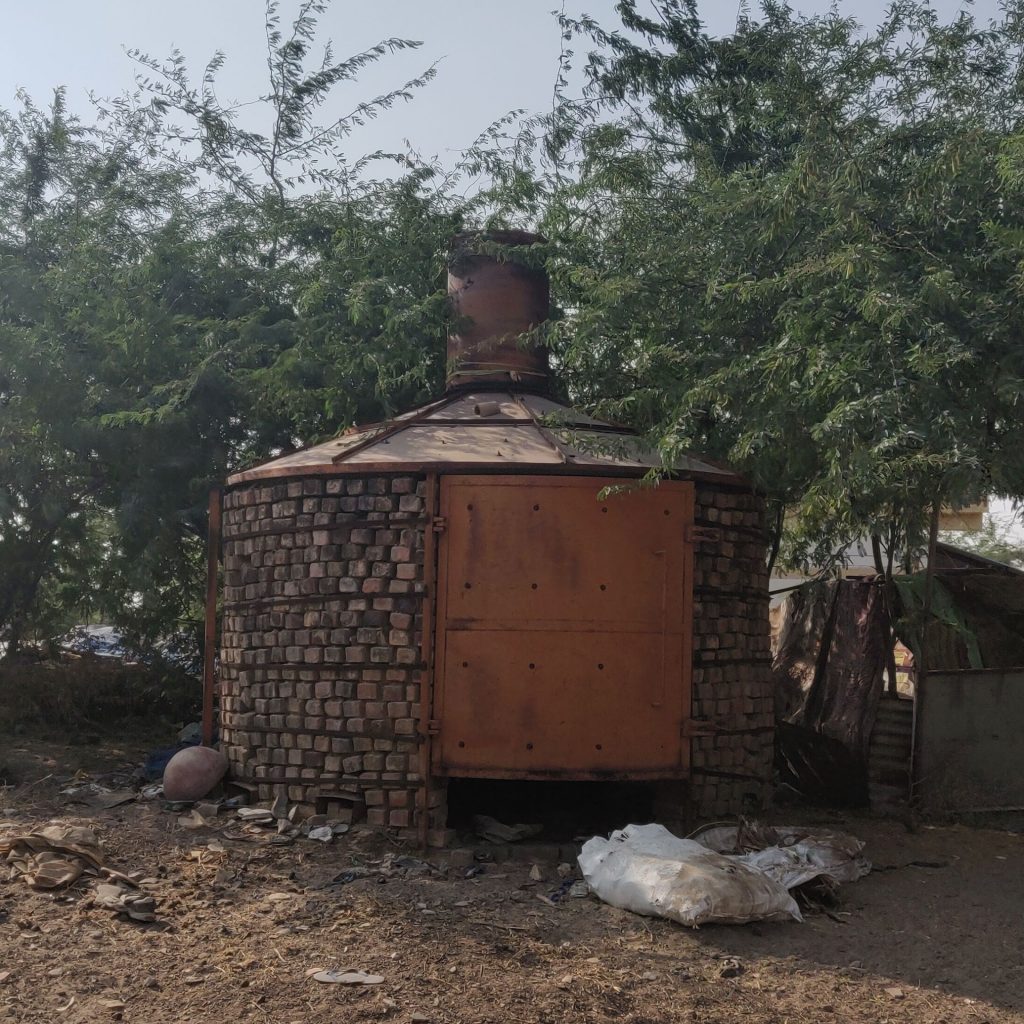
While tradition demands that women never work on the revered potter’s wheel, here at Abdulbhai’s things are different. Alongside Ismailbhai, his wife Rahimaben and mother Saraben, all throw in the pliant mitti on the chakda or wheel to churn out objects such as plates, sanak, takab and tapla, while also doing the strenuous work of pulverising and sieving the clay.
Abdulbhai proudly tells us how his mother is not only regarded as one of the best pottery painters in Kutch but is also a national award-winning potter. It was in the year 2001-02, that Saraben was honoured with the Devi Ahilya National Award by the Government of Madhya Pradesh for her dedication and continuous creativity towards the clay craft of Kutch and the hand-painting of pots.
As Saraben (Is this where I tell you about her uncanny resemblance to Professor Minerva McGonagall?) takes us around her family’s workshop and shows off her work, she tells us about Khavda pottery, an ancient art that remained unchanged through centuries, and that she has been practising it ever since she was 12 years of age. The earthenwares’ distinctive features are their colour and the paintings adorning it, she tells us, as she hands out a hand-painted glazed plate to us.
As we admire the handwork, she tells us how after the vessels take shape, they are cleaned, sun-dried and baked in a bhatti, are then coated with a thin wash of ‘geru’. Geru is a type of soil that instantaneously turns the greyish earthenware into a standout red colour. She then trades the wand for frayed bamboo twigs to paint magic in shades of red, black, and white using clay-based paints, depicting traditional designs.
Saraben and her family spend days, if not weeks, working hard to make their pieces. They don’t have wands or spells to their aid. Yet, their business is anything but lucrative as they are often forced to unconvincingly sell their pieces at much lower rates, out of fear of losing a customer.
“We have to compete with plastic, steel, aluminium and also bone china. Add to it COVID-19, now it’s a hand-to-mouth existence for us, with our earnings dropping drastically.”
– Abdulbhai
Out of the 10 families that at one time practised this ancient craft, today there are only a handful left. The Kumbhars have been forced to shift to other livelihoods, we’re told. Their pottery items used to be made for the local market, but the demand for these handmade items has decreased dramatically. Back in the good ol’ days, Maldharis stored drinking water in clay pots and flasks because they kept the water cool, but today, people have refrigerators to keep their water cold. Even the clay pots that people grow their flowers in, have now been replaced by lighter, unbreakable plastic pots.

“We have to constantly keep innovating and evolving to stay in the competition,” he tells us, showing off his most treasured clay-made aeroplane, which is handpainted by Saraben. Now, since most people do not use earthen utensils, the family creates home decor material. They also occasionally conduct workshops in collaboration with other organisations, to teach locals and make an additional income.
While the US Vogue calls pottery “The new yoga” and as it, perhaps indisputably, becomes the latest mindfulness trend in the Silicon Valley, the village of Khavda, in Kutch’s Bhuj, boasts of an altogether different story. Here, pottery is dying a slow death. Ghadai is seen as an occupation more than an art form. “For us, pottery is our livelihood and a source of pride and passion. Our symbiotic relationship with the wheel is what defines who we are and what we do,” says Abdulbhai whose profession has now been stagnating for years.
Like the rest of India, the occupation is alive only because it has merely been reduced to a source of enjoyment (I’m looking at you, Great Pottery Throw Down) for a few to learn and use for decoration. Today, pottery has become “a middle-class hobby”, with the associated costs clearly pushing it in that direction. And if we don’t do something about it, we might be walking towards turning these ancient pottery crafts (Blue Pottery of Jaipur, Black Pottery of Nizamabad, and such) and the communities associated with them, into gentrification projects that divide society.
Could we then simply start with not thinking of these earthen vessels as nameless, faceless things, detached from the process? And instead, think about how they got there, what their impact is and who was involved?

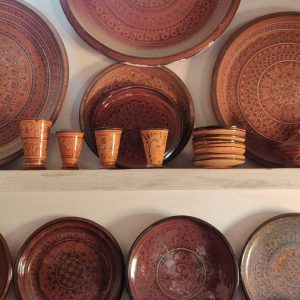
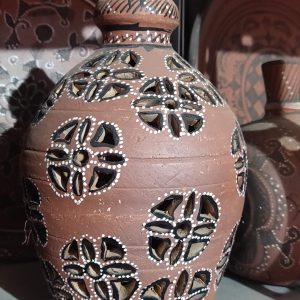
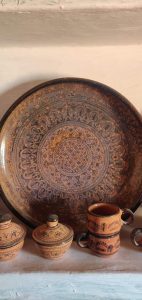
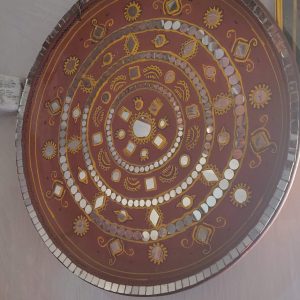



Beautiful
Beautiful